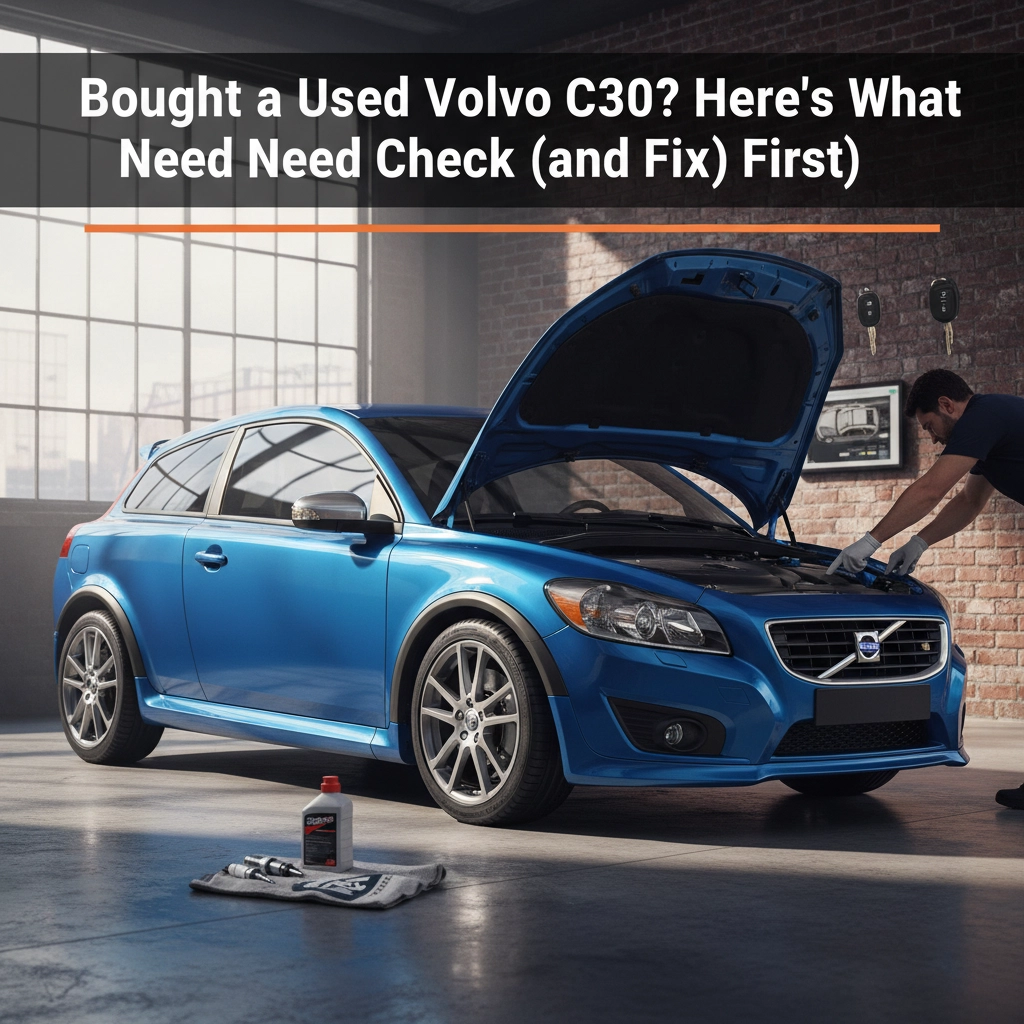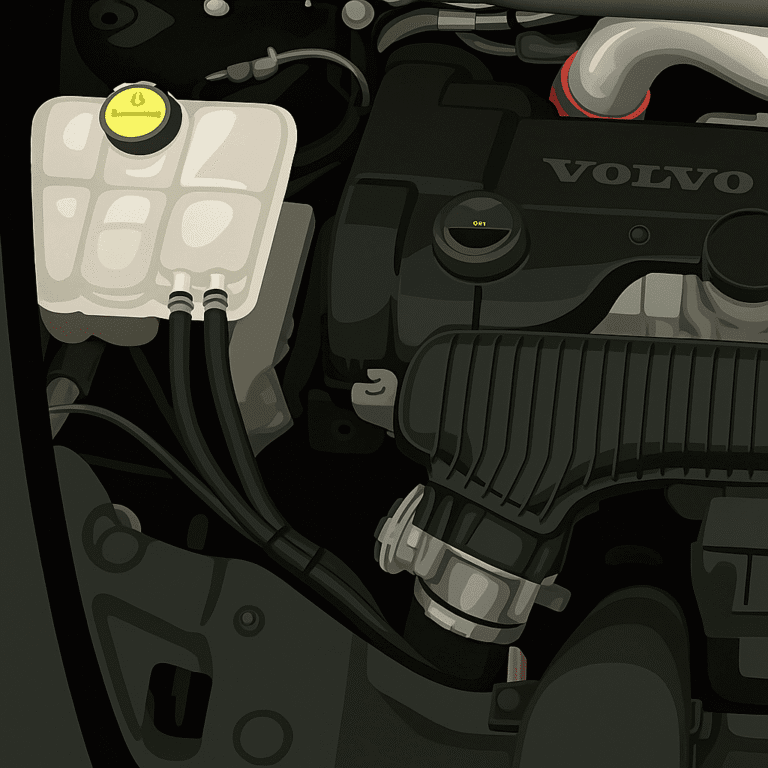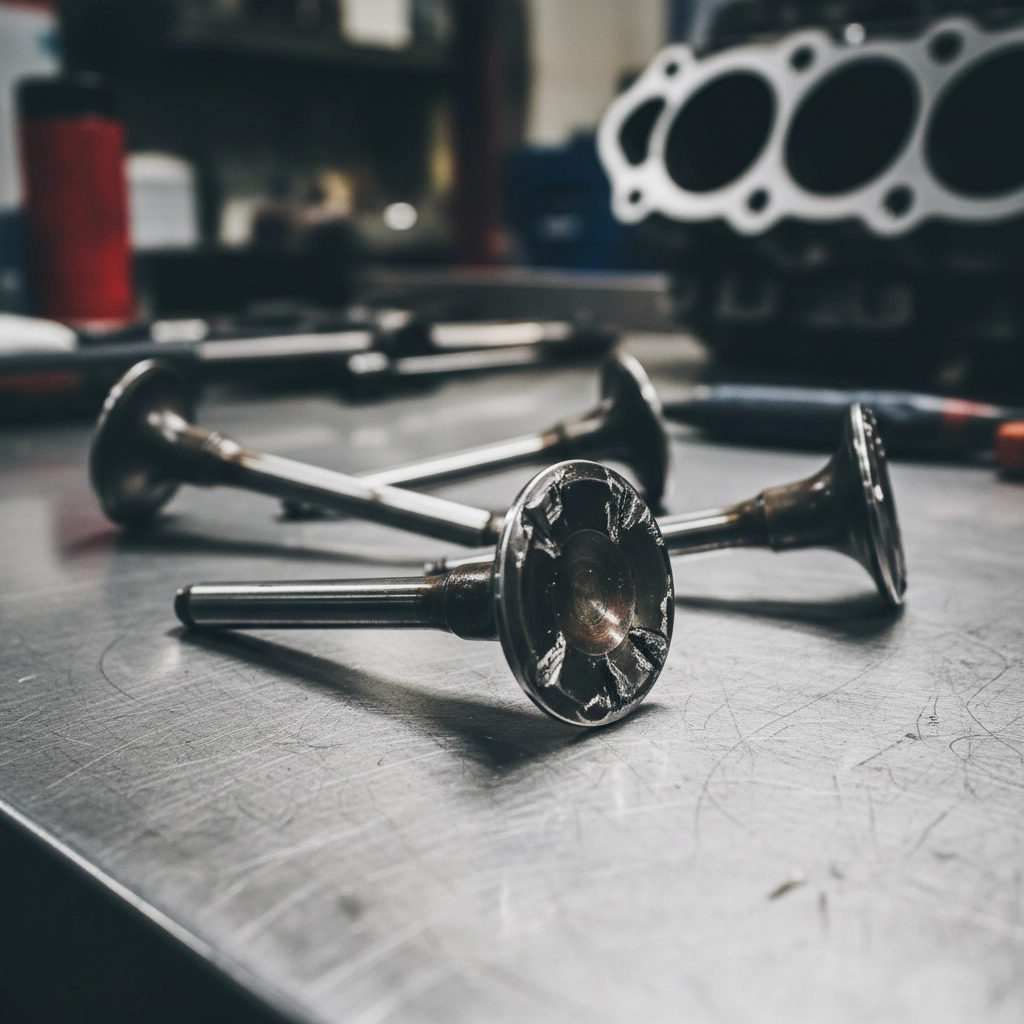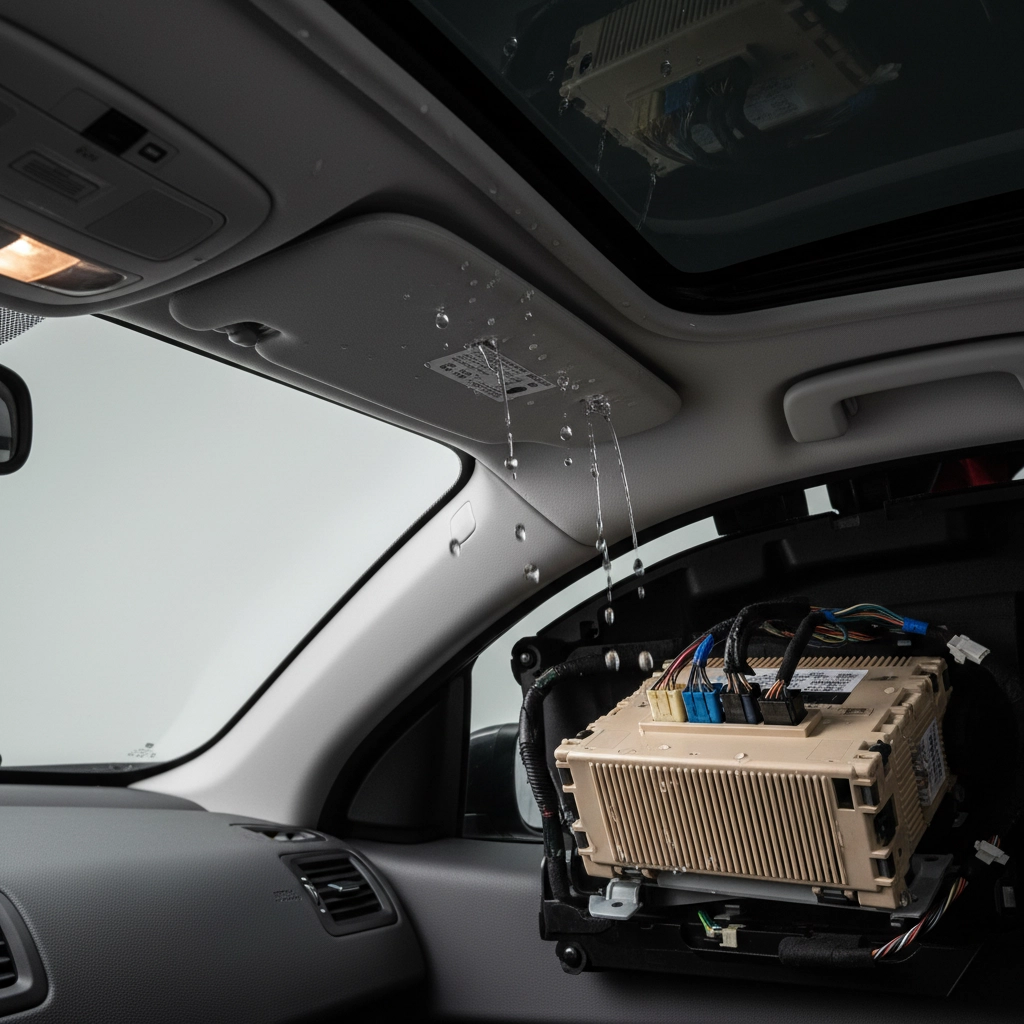
Welcome to the world of used Volvo C30 ownership! If you’ve recently purchased one of these compact Swedish rockets, this page is for you. Here’s the reality: the last C30 rolled off the production line 12 years ago, which means every single one on the market today is used. And while these cars are absolute gems when properly maintained, there are five CRITICAL areas that can turn your dream car into a nightmare if ignored.
We are thrilled to announce that addressing these issues early will revolutionize your ownership experience and save you thousands down the road. Let’s dive into the essential checks and fixes that every C30 owner needs to tackle immediately.
The PCV System: Don’t Just Replace the Diaphragm
The Positive Crankcase Ventilation (PCV) system on your T5 engine is more complex than most people realize. If you’ve been told that simply replacing the diaphragm will solve your PCV issues, we’ll need to set the record straight right now.
The entire PCV system on these engines is interconnected, and when one component fails, it creates a domino effect that stresses the remaining parts. The diaphragm might be the most obvious failure point, but the plastic housing, connecting hoses, and oil trap all work together as a complete system.
When the PCV system starts failing, you’ll notice increased oil consumption, rough idle, and potentially oil leaks around various seals. The vacuum created by a malfunctioning PCV system can cause the diaphragm to tear. Replacing just the diaphragm does not fix the problem and will cause the new one to tear in a short amount of time.
Here’s what you need to do: Replace the entire PCV assembly, including all connecting hoses and the oil trap. Yes, it’s more expensive than just swapping the diaphragm, but this approach aims to eliminate the root cause rather than treating symptoms. A complete PCV replacement typically runs $200-400 in parts, but it’s an investment that will save you from repeated failures and potential engine damage.
TOPIC NOTE! Replace/Clean the check valve on the turbo as well. Older check valves have a plastic diaphragm that is prone to failure and should be upgraded. The newer designs use a ball bearing which can be cleaned instead of replaced.

Coolant Hoses: Your Engine’s Lifeline
This is where Volvo made a design choice that can catch owners off guard. Unlike most modern cars, the C30 doesn’t have a coolant level sensor. This means if a coolant hose bursts while you’re driving, you won’t get an immediate warning on your dashboard.
By the time you notice the temperature gauge climbing, significant damage may have already occurred. The T5 engine runs hot under normal conditions, and without coolant circulation, temperatures can spike dangerously fast.
The original rubber hoses on these 12+ year old cars are living on borrowed time. Constant heating and cooling cycles, combined with the corrosive effects of old coolant, create the perfect storm for sudden failures. We’ve seen too many T5 engines suffer catastrophic damage because an owner ignored a small coolant leak or postponed hose replacement.
The fix is straightforward but comprehensive: Replace ALL coolant hoses, not just the ones that look questionable. This includes the upper and lower radiator hoses, heater hoses, and the smaller bypass hoses throughout the system. Budget around $300-500 for a complete hose replacement, and flush the cooling system with fresh coolant while you’re at it.
TOPIC NOTE! Change the coolant expansion tank as well. The entire cooling system is under pressure and even a hairline crack in the tank can leak a lot of coolant and go unnoticed until it’s too late. These tanks cost around $50. We have seen quite a few cars written off simply because the expansion tank wasn’t replaced when it became brittle.
The peace of mind alone is worth the investment. You’ll know your cooling system is bulletproof for the next several years.

Accessory Belt and Pulleys: The Chain Reaction You Want to Avoid
Here’s a scenario that keeps experienced Volvo mechanics awake at night: the accessory belt breaks, whips around the engine bay, and damages the timing belt cover or worse, interferes with the timing belt itself.
The T5 engine uses an interference design, which means if the timing belt skips even one tooth, you’re looking at bent valves and potentially a complete engine rebuild. The accessory belt system might seem unrelated to timing, but the proximity of these components means a catastrophic accessory belt failure can trigger timing belt problems.

Your action plan: Inspect the accessory belt for fraying, cracking, or glazing. Check all pulleys for wobble or roughness when spun by hand. The belt tensioner is particularly important, if it’s not maintaining proper tension, the belt can slip or come off entirely.
Replace the belt, tensioner, and any questionable pulleys as a complete system. This typically costs $150-250 but prevents a potential $3,000-5,000 engine rebuild scenario.
Timing Belt: The 10-Year Rule That Could Save Your Engine
Even if your C30 has relatively low mileage, the timing belt replacement interval is based on TIME, not just miles. Volvo specifies timing belt replacement every 10 years or at specific mileage intervals, whichever comes first.
Rubber deteriorates over time regardless of usage. A 12-year-old timing belt that’s never been replaced is essentially a ticking time bomb, even if the car has only 50,000 miles on it.
Here’s what you need to verify immediately: Find documentation proving the timing belt has been replaced within the last 10 years. If you can’t find records, or if the previous owner gives you a vague “I think it was done a few years ago,” budget for an immediate replacement.
A complete timing belt service (including water pump, tensioner, and idler pulleys) runs $800-1,200 depending on your location. Yes, it’s a significant expense, but it’s absolutely critical for preventing catastrophic engine damage.
Water pumps on the C30 T5 are known to outlast even two timing belts if installed correctly with Volvo sealant and a genuine pump. Unless there is evidence of a leak or bearing play, consider leaving the original water pump alone. If you do replace it, make sure to use original Volvo parts and dealer-recommended sealant for best longevity.

Sunroof and Windshield Leaks: Protecting Your Electronics
Water and electronics don’t mix, and unfortunately, the C30’s Central Electronics Module (CEM) is positioned in a location that makes it vulnerable to water damage from sunroof or windshield leaks.
The CEM controls numerous systems throughout the vehicle: lighting, power windows, central locking, and various comfort features. When water infiltration damages the CEM, you’re looking at electrical gremlins that can be incredibly difficult and expensive to diagnose and repair.
Sunroof drains are particularly problematic on these cars. The drain tubes can become clogged with debris, causing water to overflow into the cabin rather than draining properly to the ground.
Your prevention strategy: Test the sunroof drains by pouring a small amount of water into each corner of the sunroof frame. Water should flow freely out underneath the car. If it doesn’t, the drains need to be cleared.
Check the windshield seal carefully, especially around the top corners where leaks commonly develop. Look for water stains on the headliner or carpet, musty odors, or any signs of moisture intrusion.
Address any leaks immediately, even small ones. What starts as minor water intrusion can quickly escalate into major electrical problems that cost thousands to repair.
The Smart Buyer’s Approach
We’ll be honest with you: tackling all five of these areas might require an investment of $1,500-3,000 depending on your car’s current condition. But here’s the innovative thinking that experienced C30 owners understand: addressing these issues proactively is far less expensive than dealing with the failures reactively.
A blown engine from cooling system failure, a damaged CEM from water intrusion, or valve damage from timing belt failure can each cost more than addressing all five prevention areas combined.

Beyond the Big Five
Once you’ve addressed these critical areas, your C30 should provide years of reliable, enjoyable driving. These cars are genuinely rewarding to own when properly maintained, offering a unique combination of Swedish build quality, compact practicality, and genuine performance potential.
The T5 engine responds beautifully to tuning modifications, and with these foundational issues resolved, you’ll have a solid platform for any performance enhancements you might consider in the future.
Remember, these aren’t just maintenance items: they’re insurance policies for your investment. Address them early, address them comprehensively, and enjoy the peace of mind that comes with knowing your C30 is ready for whatever the road throws at it.
Your future self will thank you for taking action now rather than waiting for problems to develop. Welcome to the world of properly maintained C30 ownership( it’s a fantastic place to be.)
